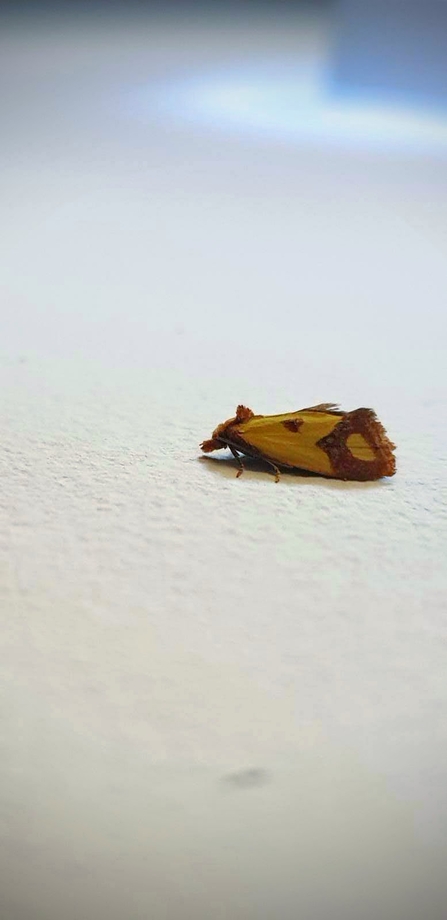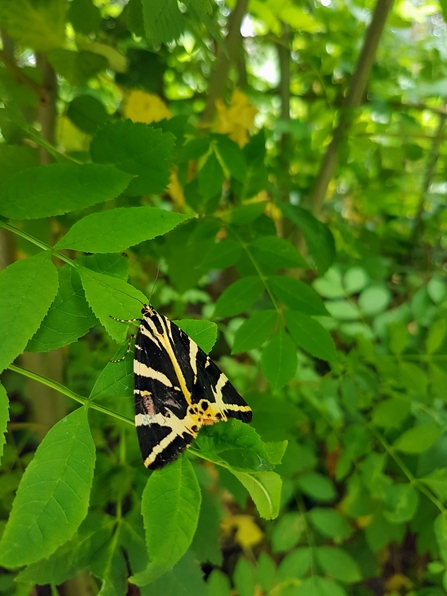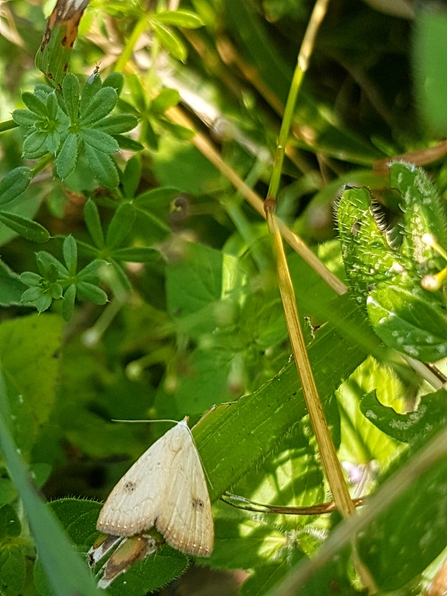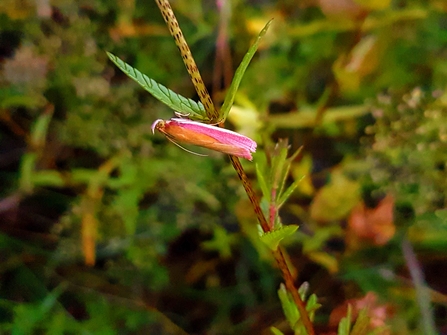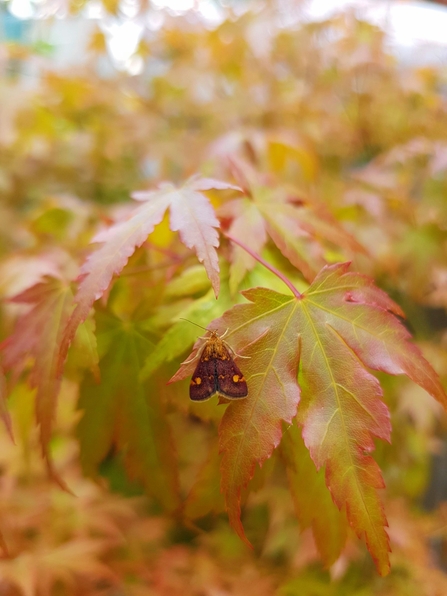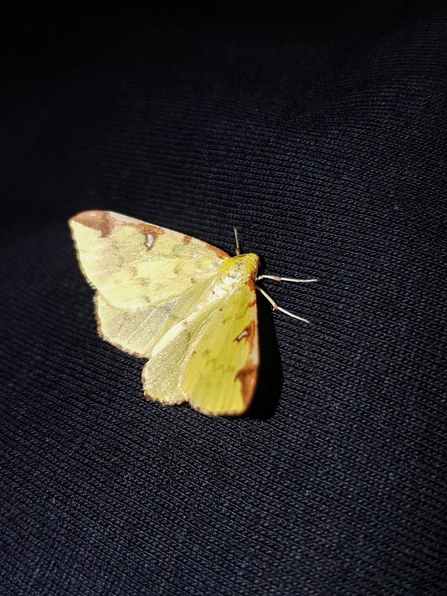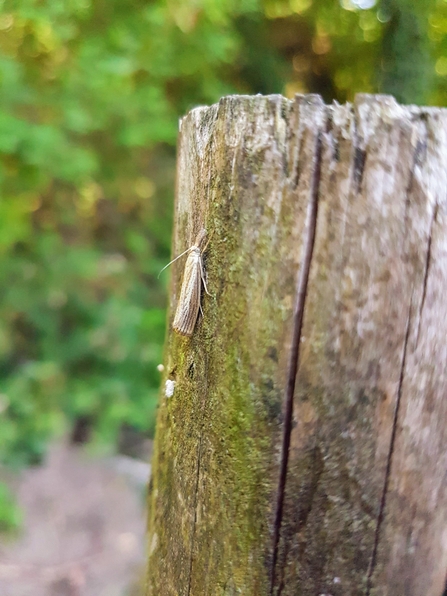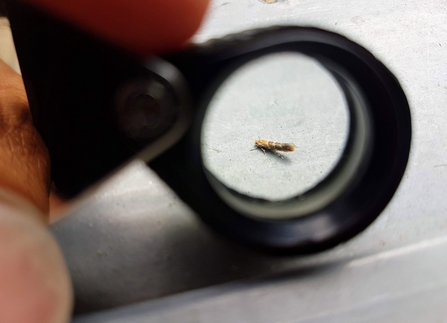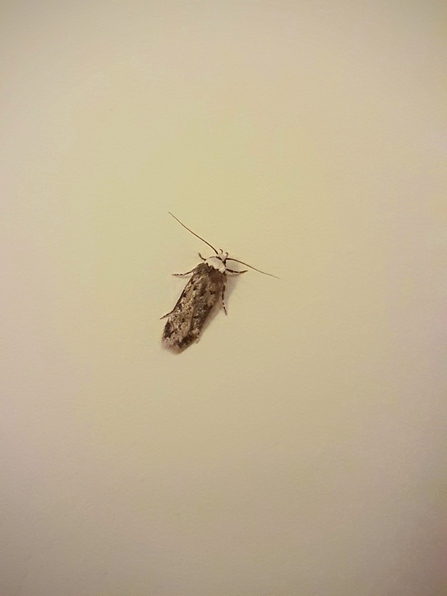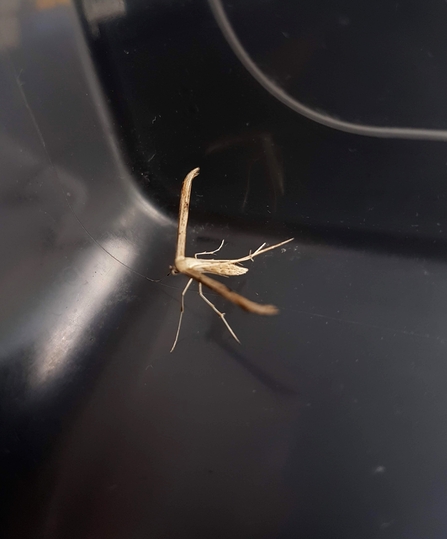
Common plume moth credit Omar Abu-Seer
Common plume moth (Emmelina monodactyla)
The common plume moth is one of many types of plume moths, so named because their wings have bristles with small hairs on them that look like feathers or plumes. When the plume moth is at rest it does something fantastic – instead of laying its wings flat on its back like most moths, it rolls them up tight like a roller blind and holds them almost perpendicular to its body. This peculiar shape that it takes on lends it another common name: “T-moth”.

